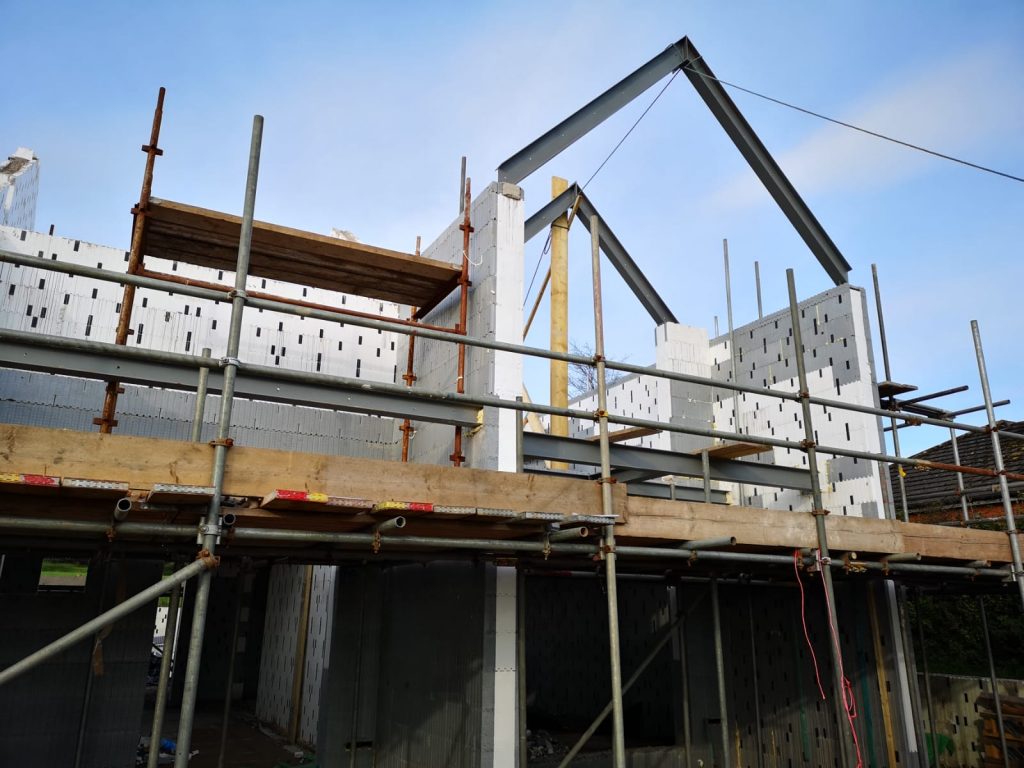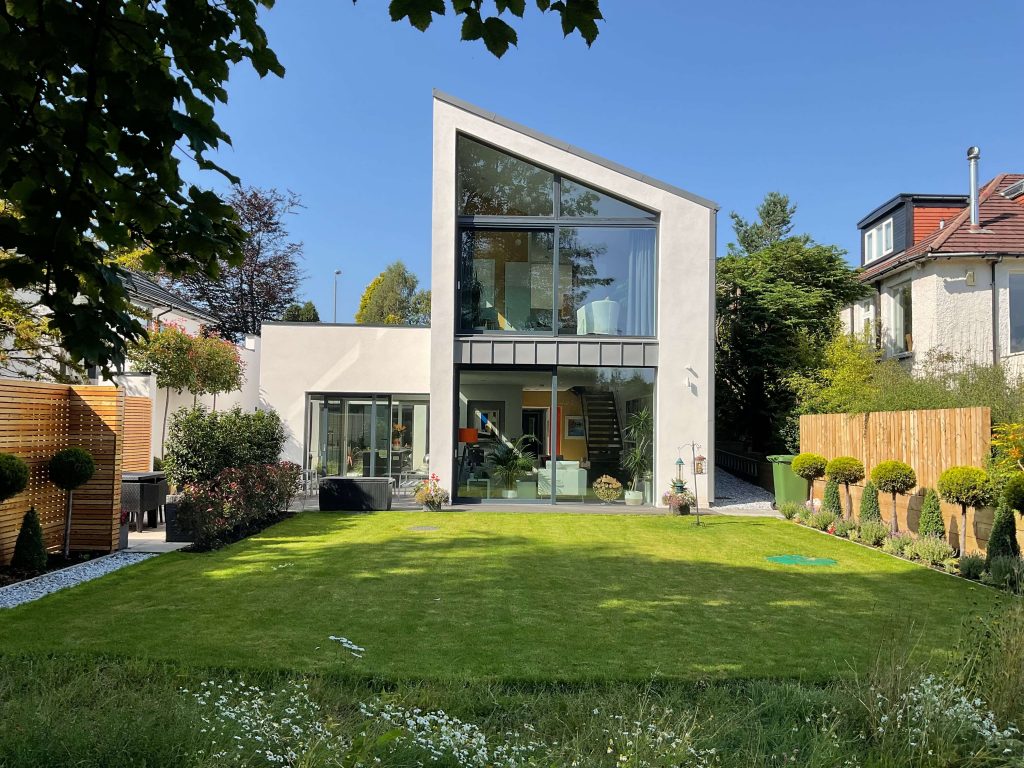Sustainability and Passivhaus Construction

Sustainability and Passivhaus Construction

Sustainable building really has spent a lot of time in the spotlight recently, and quite rightly so! After all, why wouldn’t we want to look after this beautiful planet we live on?
There are many ways in which both businesses and individuals are becoming more sustainable these days. They are assuming responsibility for their planet, and it is such a great thing to see. This can be simply by making sure to switch all lights off when not in use, or eating less meat, right through to going plastic-free or having a completely plant-based diet.
We have also seen a huge rise in people looking to build their own homes. Self-building is now said to account for around 7-10% of new homes constructed in the United Kingdom each year, with this bringing a bunch of benefits to the end-user. These benefits include: creating a high-quality home at a cost-effective price, building a home for life, and obviously designing a house that is one-of-a-kind too. Self-builders have also been keen to create homes with sustainability considerations at their core, particularly when built to the standard known as Passivhaus.
Passivhaus, or Passive House, is a voluntary standard of construction that includes principles of design that allow the habitants to enjoy a very high level of comfort (heating and cooling), with the house requiring little-to-no energy to achieve it. Lots of houses generate their heat from items such as the oven, a computer, refrigerators or even lightbulbs and candles. It is also generated from a Passivhaus home’s residents utilising their very own body heat.
This amazing and innovative standard of construction allows for a substantial reduction in both carbon emissions and energy bills. A real win-win, with both financial and environmental benefits.
ICF in Passivhaus Building
Passivhaus homes have a minimal requirement for heating, and this is massively due to the use of ICF and the incredible insulation that it provides. Passivhaus homes will usually be built with both ICF walls and foundation slabs for optimum insulation.
ICF has long been hailed as a revolutionary contemporary walling, and foundation system, which offers a level of insulation that is extremely hard to duplicate when using any other material or system. Due to said high levels of insulation, homes constructed using ICF will see a direct correlation between its use, and a reduction in heating requirements. This, in turn, has a massive effect on energy use and sustainability.
It is also worthwhile to note that while lots of self-builders look to construct their homes to Passivhaus standards, many also build them to low-energy specifications. While this is not necessarily done to the Passivhaus certification, the homes are still built with Passivhaus principles in mind. These self-builds still enjoy many of the benefits that Passivhaus homes do, without being certified.

Thermal Bridging
While ICF insulation plays an important role in the reduction of the heating requirements for a Passivhaus home, it cannot take all the credit. Thermal bridging also plays a huge part in rendering a home more sustainable. These are the areas where the heat tries to escape, typically where there is a break or penetration in the home, as heat will always follow the path to escape which has the least resistance.
This often will be where walls meet the floor, where the roof meets the walls, around windows and doors, and at cable or pipe openings.
As Passivhaus homes are constructed to be near-free of thermal bridges, they can retain much of the heat produced from the residents and their appliances, thus significantly reducing the home’s requirement for heating, rendering it far more sustainable.
Passivhaus and Sustainability
It is very clear to see that there is a direct correlation between homes built to Passivhaus standards, and a reduced requirement for heating, meaning the home will have a very low carbon emission if any at all.
That being said, we don’t all live in a warm climate and as such, there may still be requirements for traditional heating methods, even in a Passivhaus home. Some homeowners may have to install a heating system, but you can rest assured it will not need to be used anywhere near as much as classically built homes.
But, what about the energy used by appliances?
Constructing a home to the extremely high standards of Passivhaus, and going through the rigorous routes to certification, most self-builders will tend to opt for an eco-friendly energy source. Having solar-powered panels installed on the roof or using a renewable energy provider. At the end of the day, if you are planning to build a home that has sustainability at its core, you would want to have the most eco-friendly means by which to run it too.
This article was provided by Econekt. They are a low-energy construction company with a focus on Passivhaus and ICF self-building. So good, even Mother Nature would approve.
Comments are closed